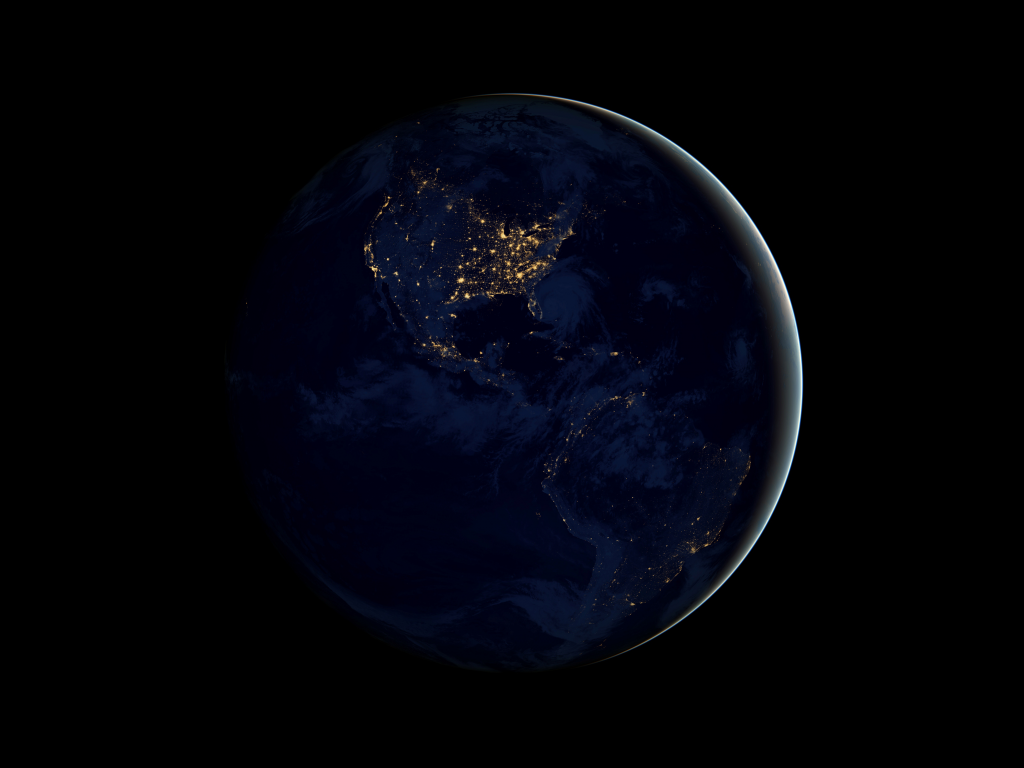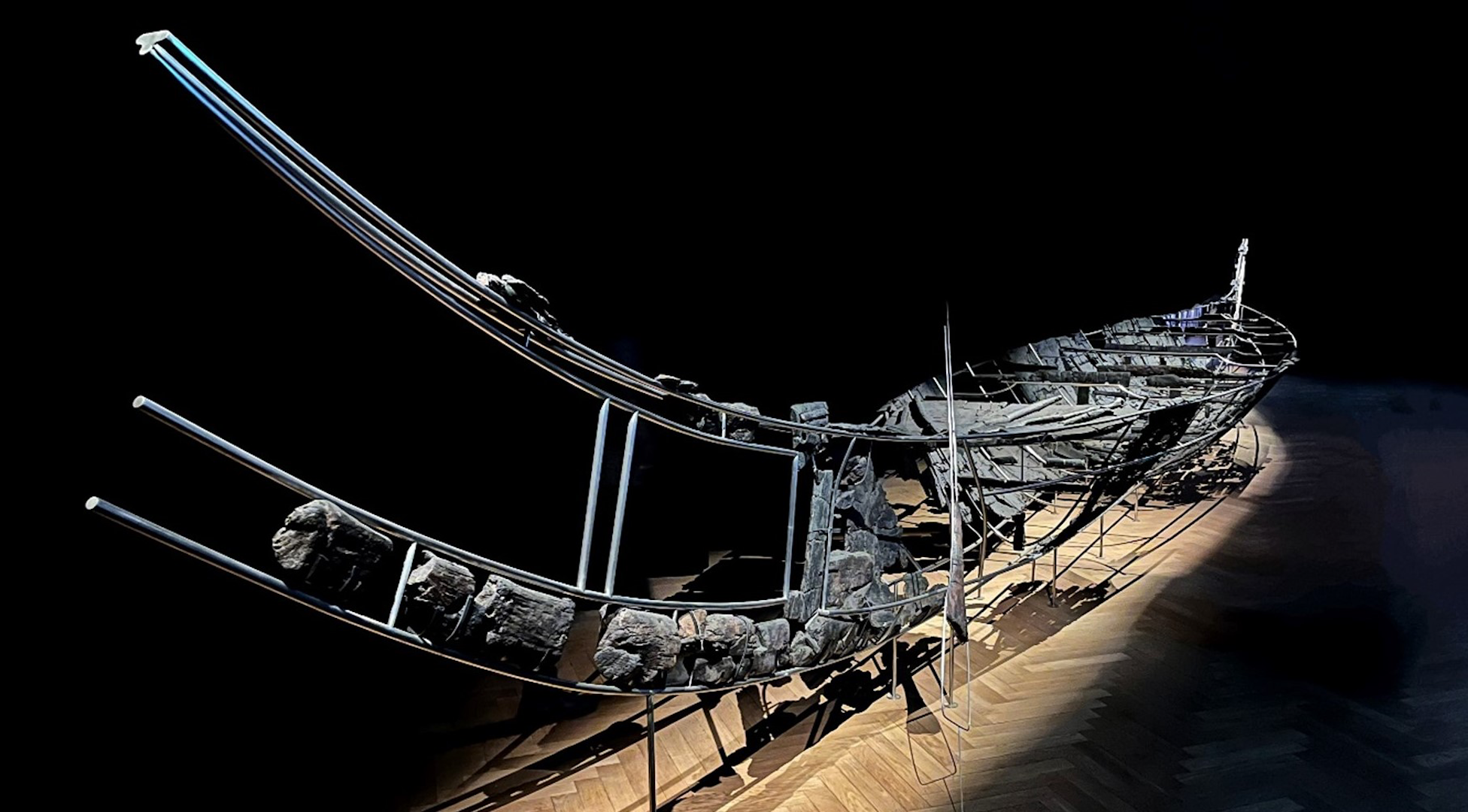Bright Idea: How Blue LEDs Changed the World

This year's Nobel Prize in physics was awarded to three Japanese scientists for the invention of blue light-emitting diodes (LEDs), a technology that has touched society in innumerable ways and enabled technologies that Americans take for granted every day.
"Blue LEDs made possible the white-light LEDs you can buy in a hardware store and put in your house," said H. Frederick Dylla, executive director and CEO of the American Institute of Physics in College Park, Maryland. "You probably have [these LEDs] in your Blu-ray player or the display for your TV or computer screen."
Without blue LEDs, the world wouldn't have backlit smartphones, TV and computer LCD screens, Blu-ray players, many forms of lighting and countless other technological marvels. [Top 10 Emerging Environmental Technologies]
"This is a great example of a [Nobel] prize being given to a very practical application," Dylla told Live Science.
Lighting the world
Blue LEDs, in combination with red and green LEDs (which had been discovered previously), make it possible to produce white light. This kind of lighting is much more energy-efficient and has a longer life span than conventional incandescent lights, said Christian Wetzel, a physicist at Rensselaer Polytechnic Institute in Troy, New York.
"Incandescent lightbulbs lit the 20th century; the 21st century will be lit by LED lamps," representatives from the Royal Swedish Academy of Sciences said in a statement. [Lightbulbs: Incandescent, Fluorescent, LED (Infographic)]
Get the world’s most fascinating discoveries delivered straight to your inbox.
Car lighting is another application where LEDs are making inroads. LEDs used to be used only for daytime running lights, but now, many new cars have LED headlights for nighttime use, Wetzel said.
And the reach of LED lights goes beyond developed countries. About 1.2 billion people in the world don't have access to any form of electric lighting, Wetzel said. But combine an LED with a rechargeable battery and a solar cell, and "people suddenly have lighting off the grid anywhere," he said. Sunlight charges the battery during the day, which powers the LED during the night.
In addition to generating light, LEDs can incorporate sensors that detect when people are in a room, and switch off the lights when no one is there — a requirement for any smart home.
Digital displays
In the electronics industry, LEDs provide backlighting for the liquid crystal displays (LCDs) in many smartphones, laptops and televisions. The LEDs are more energy-efficient than the fluorescent lights that are sometimes used for backlighting, and allow for very thin displays.
"We all want an ever-larger TV screen," Wetzel said. But in order to foot the power bill, large TVs must be extremely energy-efficient. LED TVs meet those requirements, he said.
Blu-ray players, the successor to DVD players, use blue LED lasers to read data off a digital optical disc. When these systems switched from using an infrared laser (like that used in DVD players) to a blue LED laser, it became possible to store five to 10 times as much data, Wetzel said.
LEDs are now being explored for their potential to transmit data from the Internet across open space, similar to Wi-Fi. Such a system could transmit a lot more data than Wi-Fi alone, Wetzel said. This high bandwidth is possible because LEDs can turn on and offmillions of times per second.
Clean and green
The uses of LEDs don't stop there. The technology is starting to be used for water purification. Currently, purification plants use mercury lamps to kill any microbes in drinking water, but these lamps consume a lot of electricity. By contrast, LED light can purify water directly at the faucet, and turn on or off as needed — resulting in huge cost savings, Wetzel said. Only a few companies are working on LED water purification right now, but in a few years, it will be everywhere, he said.
The rise of LED lighting came at a time when people were just starting to be concerned about global warming, Wetzel said. Because of LEDs' energy efficiency, using them for the world's lighting would have "an extreme impact" on society, he added.
For the invention of blue LEDs, the 2014 physics prize was awarded to Japanese scientists Isamu Akasaki, Hiroshi Amano and Shuji Nakamura yesterday (Oct. 7).
Follow Tanya Lewis on Twitter and Google+. Follow us @livescience, Facebook & Google+. Original article on Live Science.




